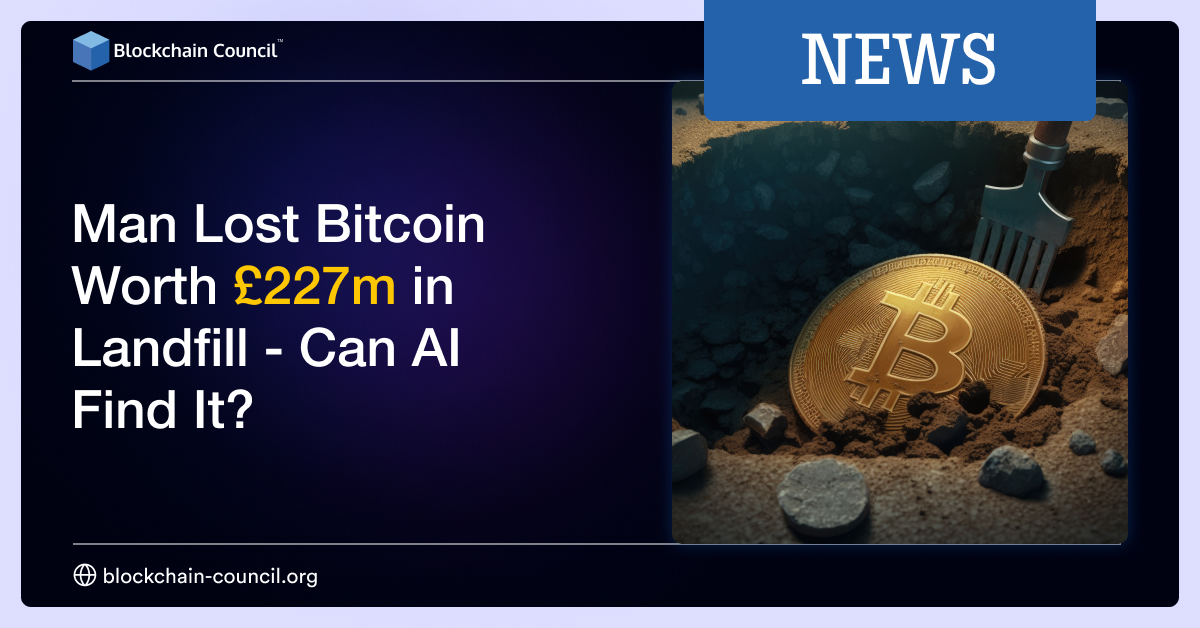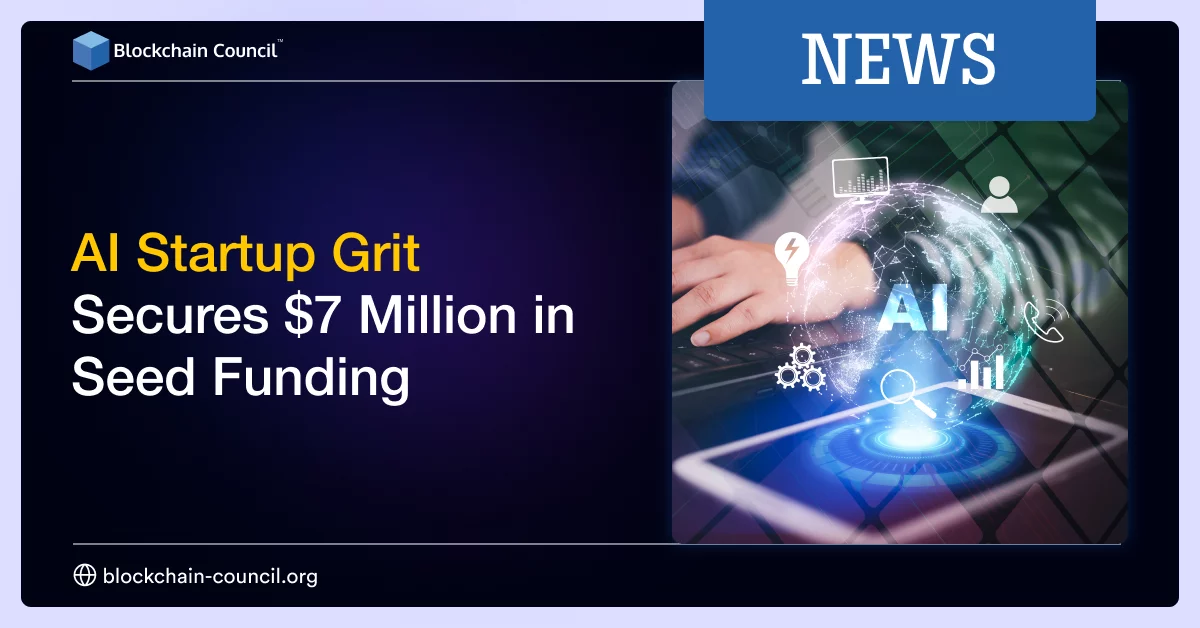
- Blockchain Council
- November 08, 2023
In a compelling and extraordinary quest, James Howells, a 38-year-old IT engineer from Newport, has been on a decade-long mission to recover a treasure buried deep within a landfill. This treasure is not the conventional kind; it’s digital, comprising 8,000 units of Bitcoin, a cryptocurrency that has become a global sensation. What makes this story even more intriguing is the estimated value of this lost Bitcoin, now soaring at around £227 million.
The journey of James Howells began in 2013 when his life took an unexpected turn. A hard drive, approximately the size of a mobile phone, that contained what is now a colossal fortune in Bitcoin was inadvertently discarded. At that time, its worth was a substantial £4 million. Fast forward to today, and the digital currency’s meteoric rise has catapulted its value to staggering heights.
However, Mr. Howells’ pursuit to recover this lost fortune has encountered a significant obstacle – the refusal of the Newport council to allow an excavation of the landfill site. This refusal has prompted him to consider an unconventional approach – using Artificial Intelligence (AI) to locate the missing hard drive.
The stakes are high, and Mr. Howells is resolute in his belief that the hard drive still resides within the confines of the landfill. He has even gone a step further, pledging to donate 25% of any funds he recovers from the hard drive, potentially amounting to £50 million, to various local community projects.
James Howells shares his optimism, stating, “I’ve narrowed down the area where I need to dig, based on the amount of time that’s gone by. It’s a disused section of the site – 100,000 tonnes of a total 1.4 million tonnes. I’d then take the landfill to a unit where it’ll be placed on a conveyor belt and subjected to an AI scanning system. And if the AI recognizes anything that looks like a hard drive, it’ll be flagged and removed.”
He firmly believes that the hard drive didn’t go through any recycling or crushing process at the time it was discarded, a fact he gathered from conversations with former landfill staff.
Challenging the council’s environmental concerns, Mr. Howells asserts, “What I’m proposing will be carried out to the highest of standards, and I’ve got some of the best people in the excavation business involved. I’ve employed two barristers and a King’s Counsel, all of whom are prepared to take this all the way – right up to appealing [to] the Supreme Court if necessary.”
On the other hand, the Newport council has consistently cited environmental reasons for denying Mr. Howells’ requests. They have emphasized that excavation is not possible under their environmental permit and that such work could have a severe negative impact on the surrounding area. The council also underlines that they are the only authorized entity to carry out operations on the site, making their stance clear.
This story, with its blend of perseverance, uncertainty, and the promise of a colossal reward, has captured the imagination of many. It’s a modern-day treasure hunt that pits an individual’s determination against the bureaucratic constraints of local authorities. Can AI, the cutting-edge technology of our time, unearth a hidden treasure in the depths of a landfill? Only time will tell.
James Howells’ quest to recover his lost Bitcoin fortune is a story that bridges the realms of technology, finance, and human tenacity. It’s a narrative that encapsulates the potential of AI to unlock hidden secrets and treasures, while also highlighting the challenges faced by individuals in their pursuit of lost wealth. Whether Mr. Howells will succeed in his endeavor remains uncertain, but his determination is a testament to the indomitable human spirit in the face of adversity. As the story unfolds, the world watches with bated breath, waiting to see if AI can indeed locate a treasure buried in the landfill.





































































 Guides
Guides News
News Blockchain
Blockchain Cryptocurrency
& Digital Assets
Cryptocurrency
& Digital Assets Web3
Web3 Metaverse & NFTs
Metaverse & NFTs
